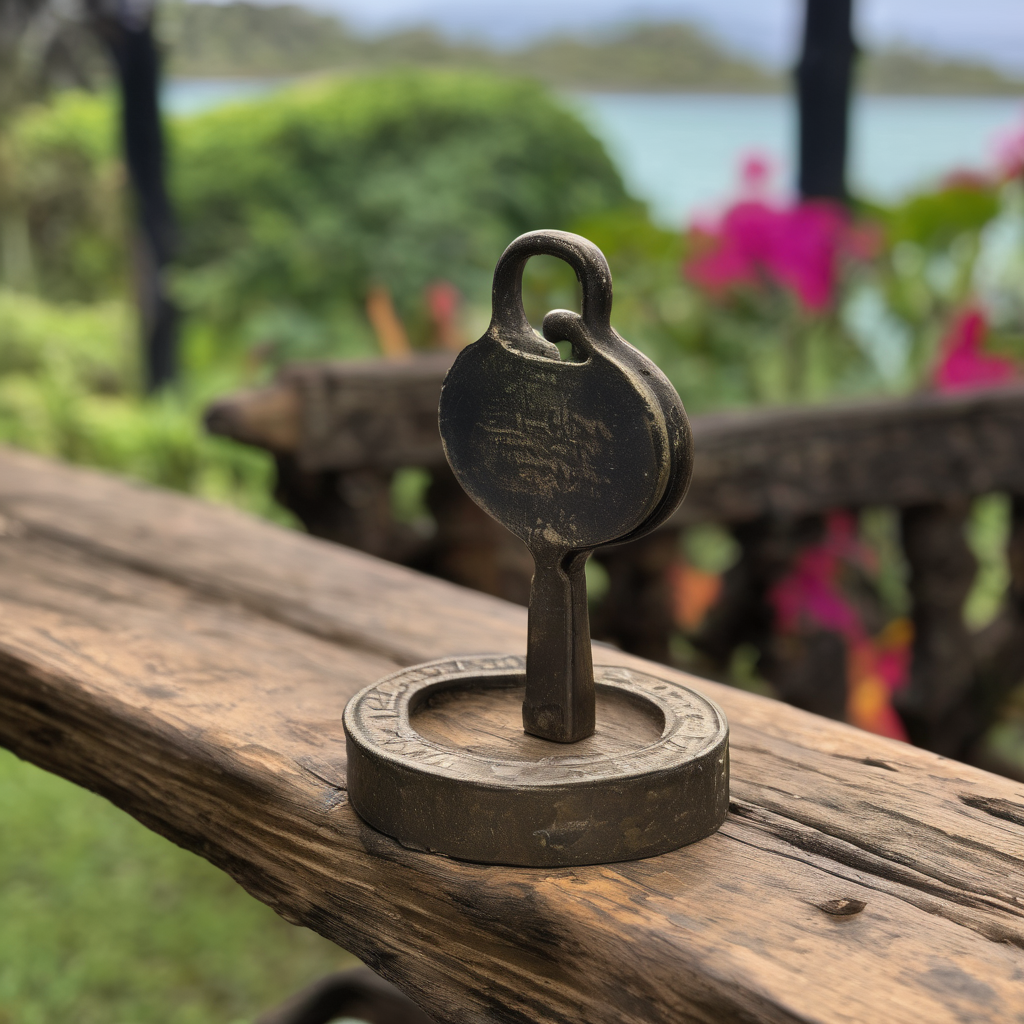During the colonial era, the Fiji Blue Book served as a significant directory detailing government appointments in Fiji. This week’s installment of Discovering Fiji focuses on Padam Kaur, an Indian woman recorded in the 1898 Fiji Blue Book under the name “Parbotti.” In a remarkable epoch, Parbotti was appointed as a female warder at the Suva Gaol on January 1, 1898, at a time when the prison was little more than a few small huts enclosed by a reed fence.
Historical records and archives suggest that she held her position until 1901, shortly after the facility transitioned from a mental asylum into a structured prison system, which is now known today as St Giles Hospital. Within the 1898 Fiji Blue Book, Section 14 outlined the employees of the Prisons Department, and Parbotti was notably one of only 12 salaried workers, earning an annual wage of 12 pounds—a considerable income for a woman, especially one of Indian descent, during that period.
Parbotti arrived in Fiji with her husband, Ram Chander, aboard the SS Ganges on June 27, 1885, having journeyed for over three months from India. Tragically, 15 passengers lost their lives during the harrowing 74-day voyage. The couple first stepped on Fijian soil at Nukulau Island, a quarantine station for indentured laborers. After medical checks, they were assigned to work with a group of others at the Penang Estate in Northern Viti Levu, managed by Charlie Chalmers.
Their lives began with the difficult transition from ship to land, as they traveled by barge to Rakiraki, where they faced the realities of plantation life. Living conditions were rough in communal barracks with only basic amenities, yet Kaur’s determination saw her maintaining a semblance of dignity and cleanliness in their humble abode. The daily grind began early, with rising times set as early as 3:30 a.m. to cook and prepare for the demanding labor in the sugarcane fields.
Despite the arduous and often exploitative environment, Kaur and Chander experienced a relatively better treatment under the supervision of a compassionate overseer, Budhia. They earned wages on Saturdays and had to take on additional work whenever possible to make ends meet.
Kaur’s life also saw joy amidst struggles. She gave birth to a son, Biri Singh, on April 10, 1888, observing Hindu traditions surrounding childbirth, though colonial records later inaccurately recorded his name as Bere Singh. They lived through challenging times marked by conflict and emotions among laborers but shared fond memories of communal gatherings that included wrestling and music, fortifying their resilience in the face of hardship.
As Kaur’s story unfolds, it also reflects the broader experiences of the Indian indentured laborers who contributed significantly to Fijian society. Her eventual appointment as a warder is a testament to the evolving roles of women within the historical and cultural framework of Fiji.
This account emphasizes the significance of remembering personal and shared histories that shape the identity of Fiji today, highlighting both struggles and triumphs within the diverse tapestry of its communities. The upcoming continuation of this narrative promises to delve deeper into the complexities and experiences that define the lives of those who came before us, paving the way for future generations.
